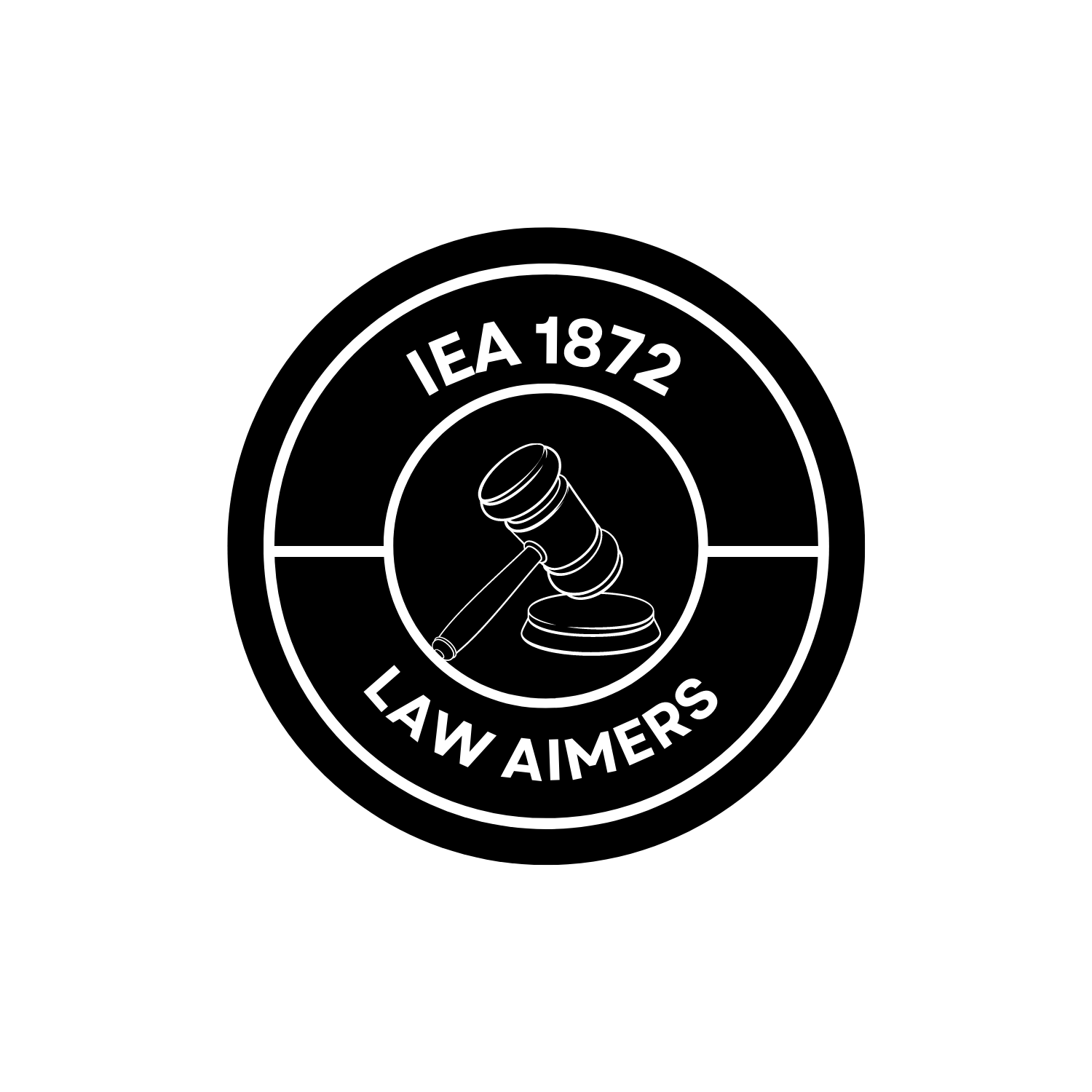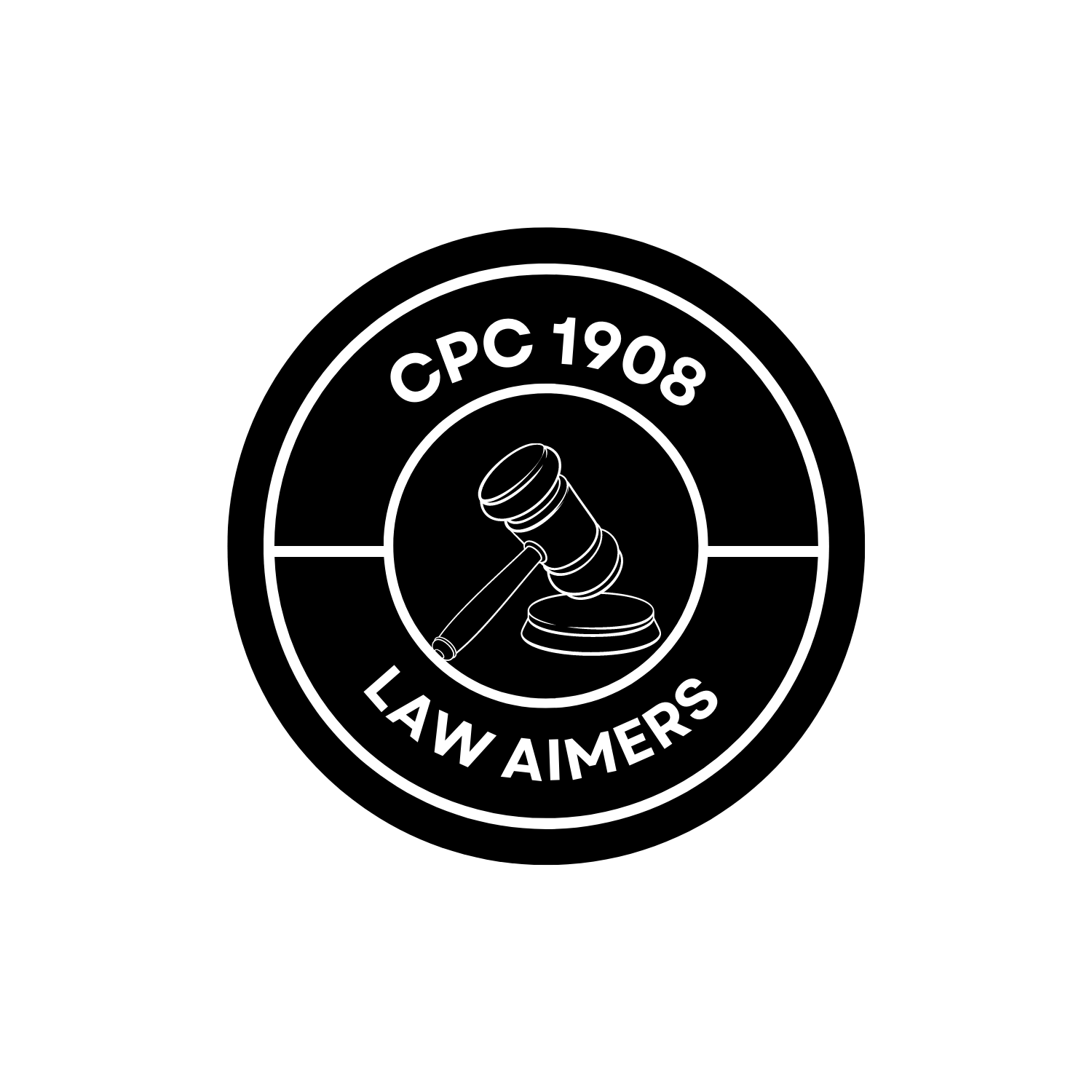Under the Indian Evidence Act, 1872, evidence can be categorized into two main types: Oral Evidence and Documentary Evidence.
Oral Evidence
Oral evidence refers to the statements made by witnesses during the course of a judicial proceeding. It includes the testimony provided by individuals through their spoken words.
- Section 60 of the Indian Evidence Act states that oral evidence must be direct, meaning it must be based on the personal knowledge and perception of the witness.
- Oral evidence can be given by witnesses who have firsthand knowledge of the facts in question or by expert witnesses who provide their opinions based on their specialized knowledge.
- Witnesses are required to take an oath or affirmation before giving their testimony, committing to telling the truth.
- The credibility and reliability of oral evidence are assessed by the court based on factors such as the witness’s demeanor, consistency, and corroborating evidence.
Documentary Evidence
Documentary evidence refers to any material evidence presented in the form of documents, writings, or records. It includes a wide range of written, printed, or electronically stored information.
- Section 3 of the Indian Evidence Act defines documents as any matter expressed or described upon any substance by means of letters, figures, or marks, or by more than one of these means, intended to be used or which may be used as evidence.
- Documentary evidence can include various types of documents such as contracts, letters, agreements, reports, photographs, audio or video recordings, emails, receipts, and official records.
- Section 65 to Section 90 of the Indian Evidence Act provide guidelines for the admissibility, proof, and evaluation of documentary evidence.
- Documentary evidence must be properly identified, marked, and presented to the court for its consideration.
- The court examines the authenticity, reliability, and relevance of documentary evidence and may consider factors such as the source of the document, the manner of its creation, and any objections raised by the opposing party.





